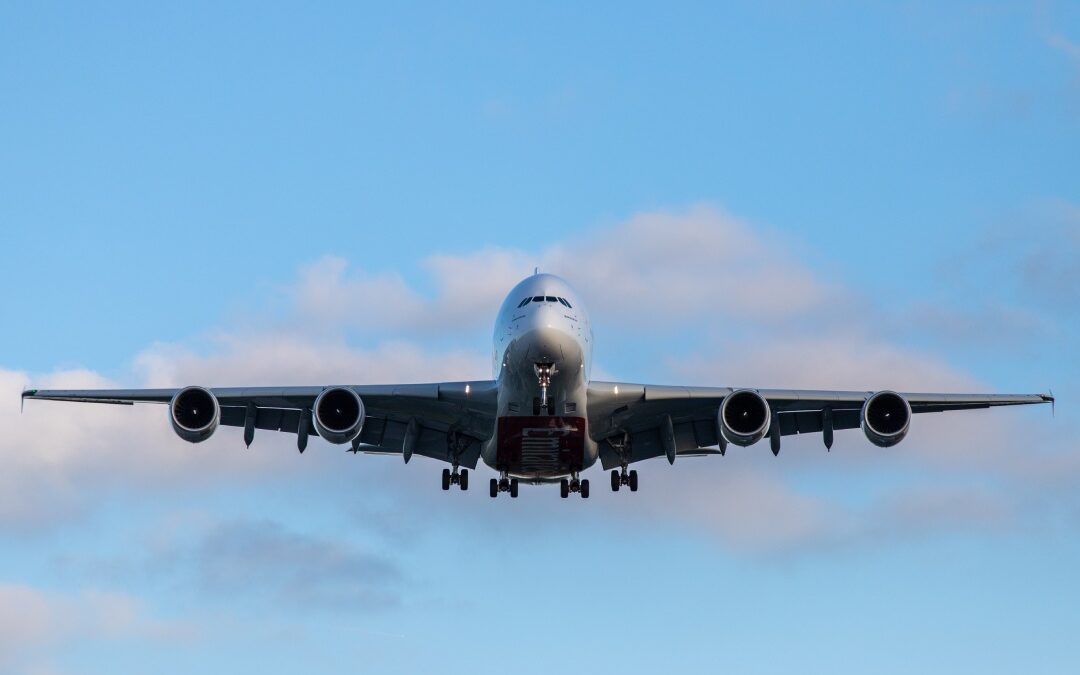Flexible Airspace: Indian Aviation Sector reduces 1.37 lakh tonnes of Carbon Emission
India successfully reduced carbon emissions by 1.37 lakh tons through the strategic opening up of additional airspace for civilian aircrafts within its territory
The Civil Aviation Ministry of India said it successfully reduced carbon emissions by 1.37 lakh tons through the strategic opening up of additional airspace for civilian aircrafts within its territory.
Historically, 40% of the airspace was inaccessible for civilian use, leading to inefficient flight routes, increased fuel consumption, and unnecessary expenses. The Indian Air Force controls 30% of the national airspace, with 30% of that now released as upper airspace under the Flexible Use of Airspace initiative. In alignment with the ‘Atmanirbhar Bharat’ initiative, these airspace portions have been made available for civilian use, resulting in the establishment of 129 Conditional Routes (CDRs), according to a release from the Civil Aviation Ministry. This move is expected to reduce flight time, fuel consumption, and carbon emissions, leading to potential annual savings of Rs. 1,000 crores for airlines. The cumulative savings since August 2020 amount to Rs. 640.7 crores and the total CO2 reduction is 1.37 lakh tons.
In another move, starting January 1, the Airport Authority of India will reduce the horizontal separation required between two aircraft from 10 nautical miles to 5 nautical miles, increasing airspace capacity, fuel efficiency, and environmental sustainability. Pilots will gain flexibility to reach their “optimum attitude,” maximizing aircraft mileage and expecting a 5-10% improvement in fuel efficiency.
To further enhance sustainability, the Indian government is considering a directive requiring all airlines to use blended Sustainable Aviation Fuel (SAF) by 2025. A framework is being developed for phased implementation, starting with 1% green fuel by 2025 and reaching 5% by 2030.
In 2019 (pre-COVID), the Indian Aviation sector consumed approximately 8 million tons of Aviation Turbine Fuel (ATF) and emitted around 20 million tons of Greenhouse Gases (GHGs). India has the potential to produce 19 to 24 million tons of SAF annually, while the estimated maximum requirement by 2030 is 8 to 10 million tons per year, assuming a 50% blend.
By implementing 1% SAF blending, over 5 lakh farmers will benefit from supplying sugarcane as feedstock, and more than 1 lakh green jobs will be generated, contributing to a more sustainable aviation sector.
Also Read

